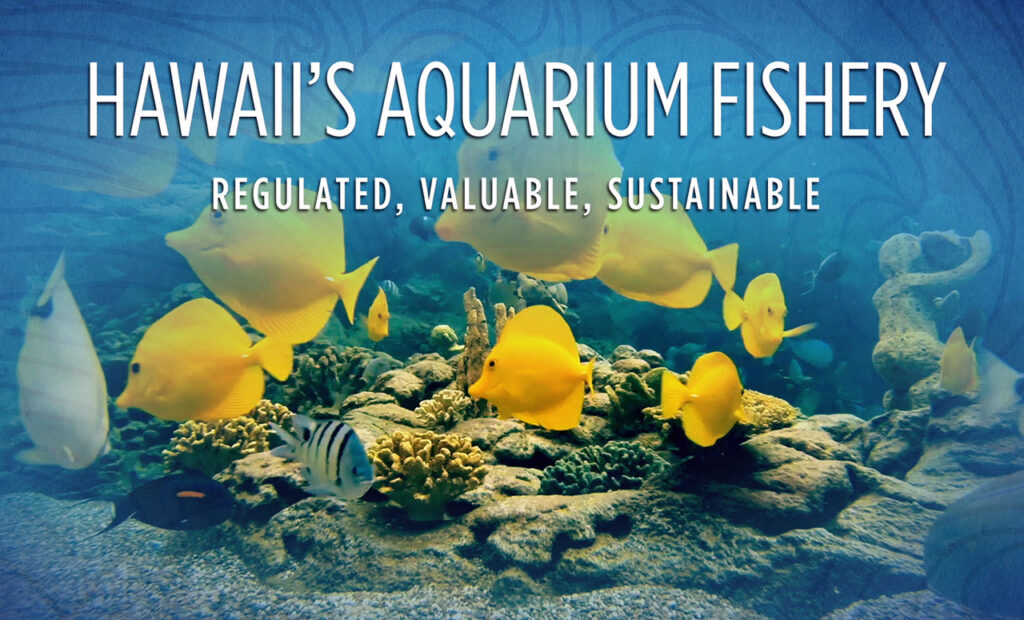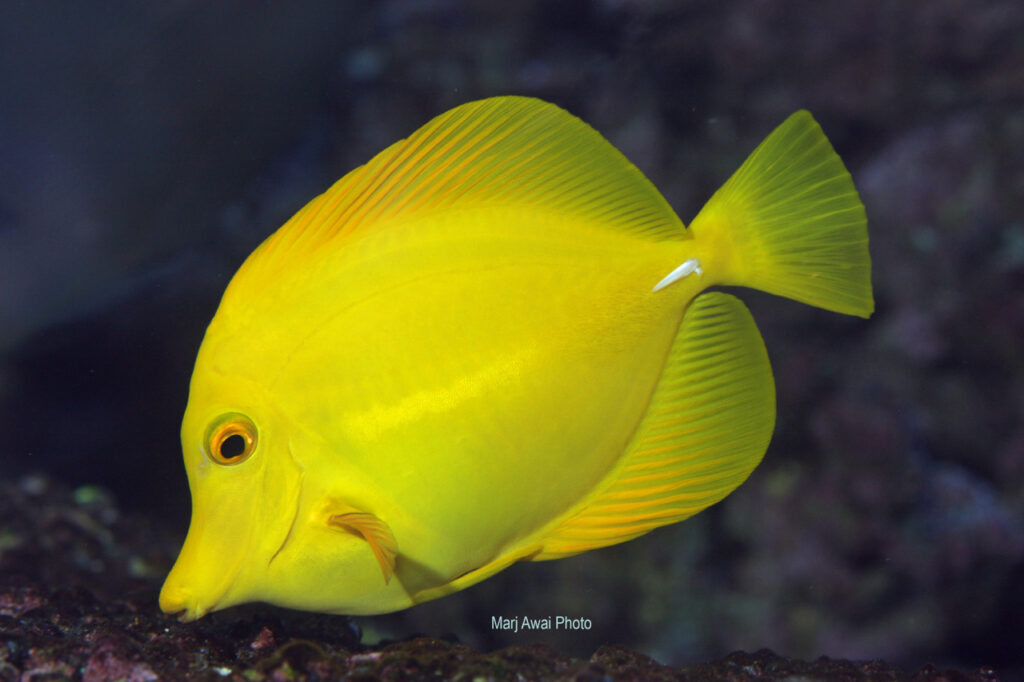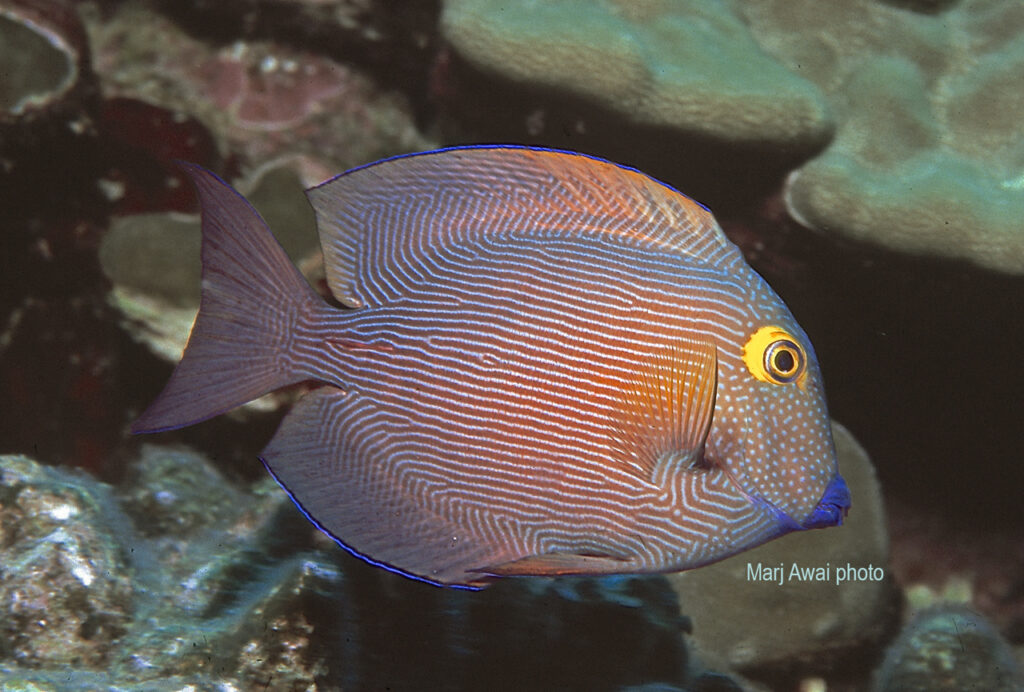
“Hawaii’s Aquarium Fishery: Regulated, Valuable, Sustainable,” a new documentary from the Big Island Association of Tropical Fishermen, is the latest installment in the debate that rages over Hawaii’s marine aquarium fishery. Watch the video in full at the end of the story.
via Big Island Association of Tropical Fishermen
A new 15-minute video documentary, HAWAII’S AQUARIUM FISHERY: REGULATED, VALUABLE, SUSTAINABLE, was released today by the Big Island Association of Tropical Fishermen.
The public can view this documentary on YouTube [Editor’s note: we’ve included the video at the end of the story]:
https://www.youtube.com/watch?v=50L6JcMOVLQ
The program features data, analysis, and statements by Hawaii-based marine biologists who affirm that the West Hawaii aquarium fishery is sustainable and valuable.
- Aquarium fish collecting started over 40 years ago. Since then, not one species has gone extinct, nor are any listed as threatened or endangered.
- Populations of Yellow Tang and Kole have increased by millions of fish since surveys began.
- The Aquarium (AQ) Fishery is economically the most valuable inshore fishery in the state of Hawaii, generating over $1.5 million in 2014.
- It is the most intensively managed of all fisheries in the State with restrictions on which species can be collected.
- 35% of the West Hawaii coastline is off-limits—waters where no aquarium fishes can be collected.

One of the foremost species kept in aquariums around the world is the Hawaiian Yellow Tang (Zebrasoma flavescens).
Dr. William Walsh, with the State Division of Aquatic Resources, DLNR, explains why the fishery for Yellow Tangs is sustainable:
- Adult Yellow Tangs are not collected, allowing brood stock to flourish. They may live up to 40 years.
- Yellow Tangs are not targeted as a food fish, which also allows brood stock to remain intact
- Fish Replenishment Areas, or FRA’s, are successful in the management of aquarium-fish populations

Kole Tang, Ctenochaetus strigosus, the second most collected species, has seen population growths in MPAs (+56%), FRAs (+47%), and open fishing areas (+54%), between 1999 and 2015, according to date presented in the documentary by Dr. William Walsh.
Dr. Richard Pyle, from the Bishop Museum and a world-authority on the exploration of coral reefs using re-breather technology, explains the educational value of aquariums, and how his childhood fascination with aquariums inspired him to become a marine biologist.
Dr. Randall Kosaki, NOAA’s Deputy Superintendent of the Papahanaumokuakea National Marine Monument, similarly expresses how the influence of home and public aquariums shaped his career. He emphasizes that aquarium fish collecting has minimal impact on coral reefs compared to real threats such as coral bleaching and ocean pollution.
Other subjects in the program illustrate recent advances in the culture of aquarium fish species, how fish are collected without damaging the reef, and the methods used to transport fish around the world.
The program was produced by Dr. Bruce Carlson and Les Matsuura, both formerly with the Waikiki Aquarium. The program was funded by the Big Island Association of Tropical Fishermen.
###
Watch the documentary: Hawaii’s Aquarium Fishery: Regulated, Valuable, Sustainable





Trackbacks/Pingbacks